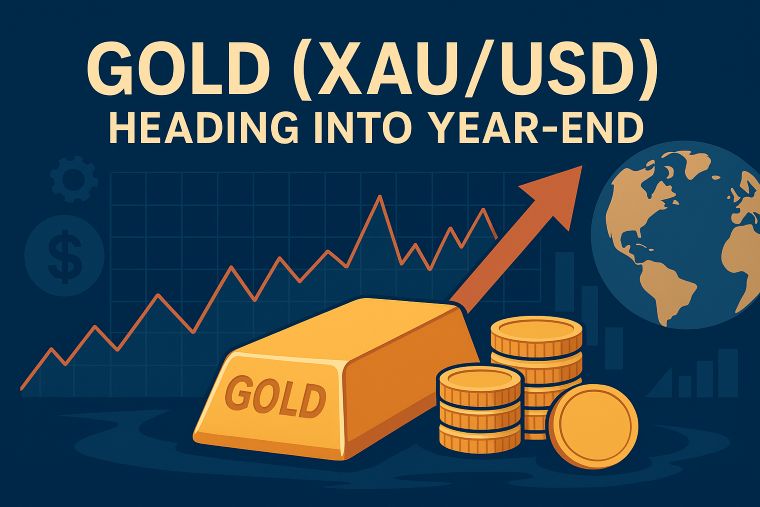3 min to read
The dollar-yen exchange rate has exhibited consistent fluctuations
primarily within the 147-yen range.

“Dollar-Yen Exchange Continues to Fluctuate Around the 147-Yen Mark - Anticipation Grows Ahead of FOMC Outcomes”
In the current landscape of the New York foreign exchange market, the dollar-yen exchange rate has exhibited consistent fluctuations, primarily within the 147-yen range. The prevailing sentiment is marked by caution, largely stemming from the imminent release of decisions made during this week’s Federal Open Market Committee (FOMC) meeting and the policy verdict from the Bank of Japan. While market consensus leans towards the likelihood of interest rates remaining unchanged in the FOMC announcement, investors are vigilantly tracking the Federal Reserve’s forthcoming actions.
In particular, the interest rate projections of FOMC members, often referred to as the “dot plot,” are poised to draw significant scrutiny. Currently, a dominant market perspective hints at the possibility of one more interest rate hike before the year concludes. Short-term financial markets have factored in an approximate 47% probability of a year-end rate increase.
Recent inflation metrics, while seemingly providing a rationale for additional rate hikes, have been substantially influenced by the surge in energy prices. Stripping away this factor reveals indications of subdued inflationary pressures.
Present market attention is concentrated on the potential consequences of ongoing increases in energy prices. However, within the backdrop of a robust labor market, some opinions speculate that price escalation might persist. Furthermore, the ongoing strike led by the United Automobile Workers (UAW) is anticipated to exert upward pressure on prices. This strike could potentially lead to significant wage hikes, aligning with recent successful labor negotiations and bolstering expectations of wage growth.
The Euro-dollar exchange rate has shown signs of renewed buying interest, temporarily stabilizing around the 1.07-dollar mark. Nevertheless, the current environment remains characterized by limited upward momentum, in line with a declining trend that initiated in July.
Despite the European Central Bank (ECB) implementing an additional rate hike last week, a growing sentiment in the market suggests that this may not necessarily signal the conclusion of the present rate hike cycle. While inflation continues to be a concern for the ECB, uncertainty regarding the economic outlook of the Eurozone is viewed as a restraining factor.
Furthermore, the deceleration of the Chinese economy is cited as a contributing factor to the pause in rate hikes. China’s economic slowdown is primarily linked to a crisis in the real estate sector, which notably impacts Germany and Italy. Both countries maintain substantial economic ties with China, especially within their manufacturing sectors.
The roots of China’s crisis can be traced back to years of substantial investments in the real estate sector. The recovery is expected to be a protracted process, potentially spanning several years. Although inflation remains a point of concern, further interest rate hikes are anticipated to exacerbate the challenges faced by Germany and Italy.
The Pound-dollar exchange rate continues its oscillatory movements, hovering in the late 1.23-dollar range. As we approach the upcoming FOMC meeting and the Monetary Policy Committee (MPC) decision by the Bank of England this week, the prevailing sentiment is one of cautious anticipation.
Economists and analysts have expressed apprehensions regarding the Pound-dollar exchange rate in the coming months. Concerns stemming from the UK’s sluggish economic growth have limited the Pound’s upward movement against the Dollar and other commodity-linked currencies. Additionally, the Pound is still perceived as overbought in the short term, adding complexity to the potential resurgence of the Pound.
In the short term, it’s noteworthy that the Pound-dollar rate may remain below the 1.24-dollar level.
Visit XM Official Website.

